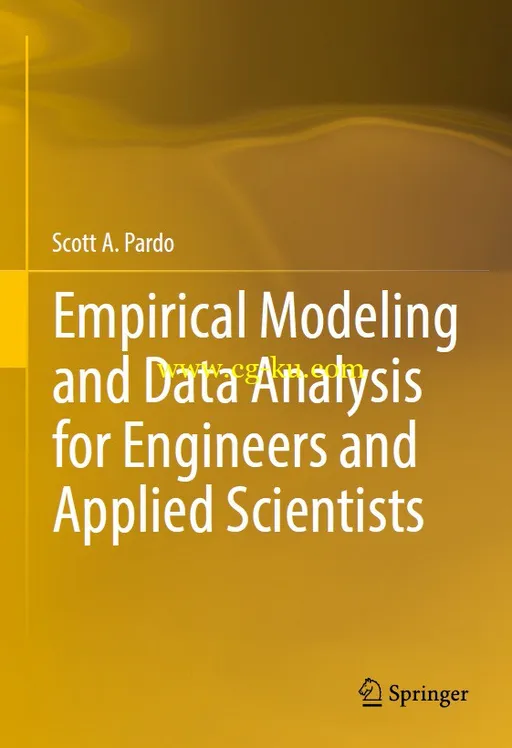This textbook teaches advanced undergraduate and first-year graduate students in Engineering and Applied Sciences to gather and analyze empirical observations (data) in order to aid in making design decisions. While science is about discovery, the primary paradigm of engineering and “applied science” is design. Scientists are in the discovery business and want, in general, to understand the natural world rather than to alter it. In contrast, engineers and applied scientists design products, processes, and solutions to problems. That said, statistics, as a discipline, is mostly oriented toward the discovery paradigm. Young engineers come out of their degree programs having taken courses such as “Statistics for Engineers and Scientists” without any clear idea as to how they can use statistical methods to help them design products or processes. Many seem to think that statistics is only useful for demonstrating that a device or process actually does what it was designed to do. Statistics courses emphasize creating predictive or classification models – predicting nature or classifying individuals, and statistics is often used to prove or disprove phenomena as opposed to aiding in the design of a product or process. In industry however, Chemical Engineers use designed experiments to optimize petroleum extraction; Manufacturing Engineers use experimental data to optimize machine operation; Industrial Engineers might use data to determine the optimal number of operators required in a manual assembly process. This text teaches engineering and applied science students to incorporate empirical investigation into such design processes.

Empirical Modeling and Data Analysis for Engineers and Applied Scientists by Scott A. Pardo-P2P
English | 25 July 2016 | ISBN: 3319327674 | 264 Pages | PDF (True) | 9,70 MB
发布日期: 2016-07-23